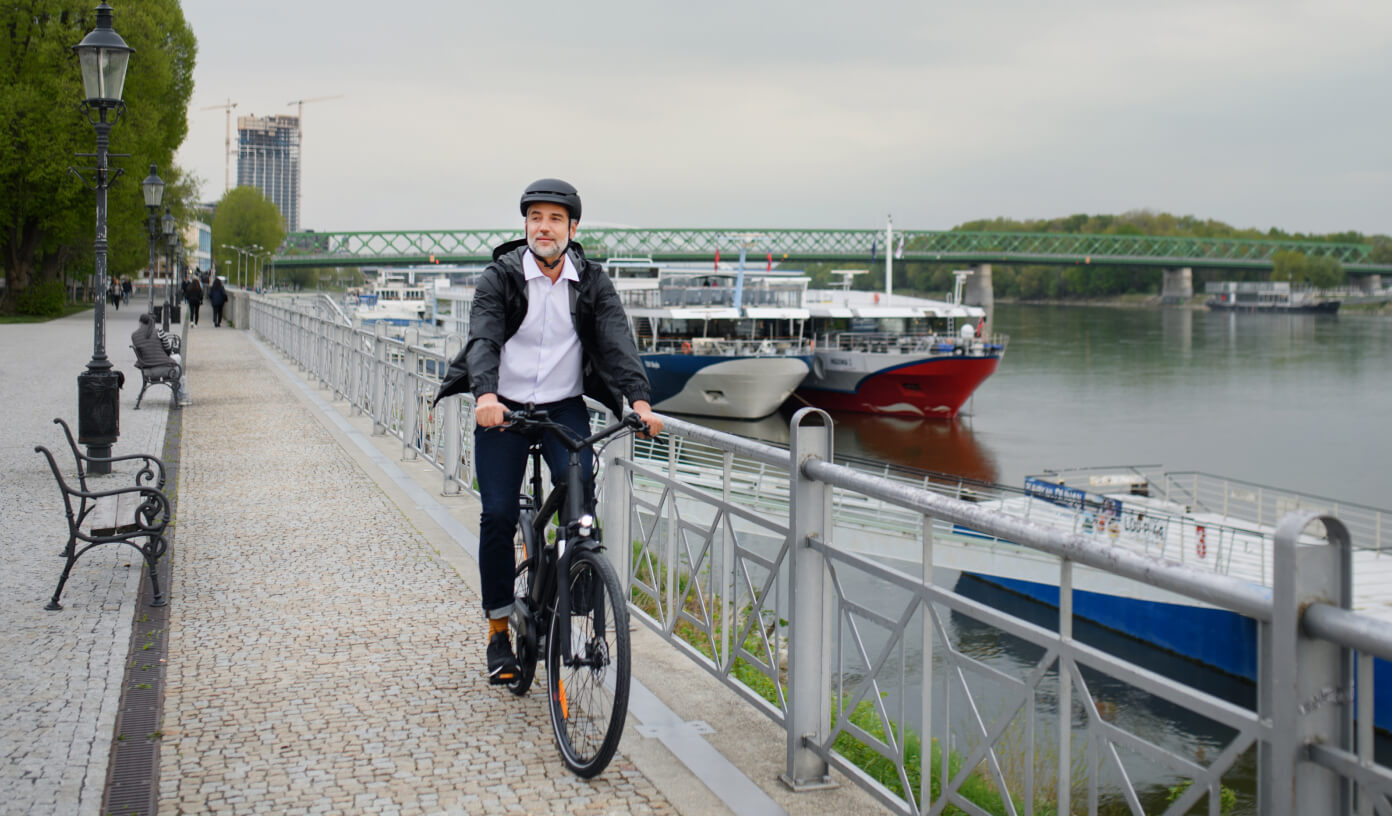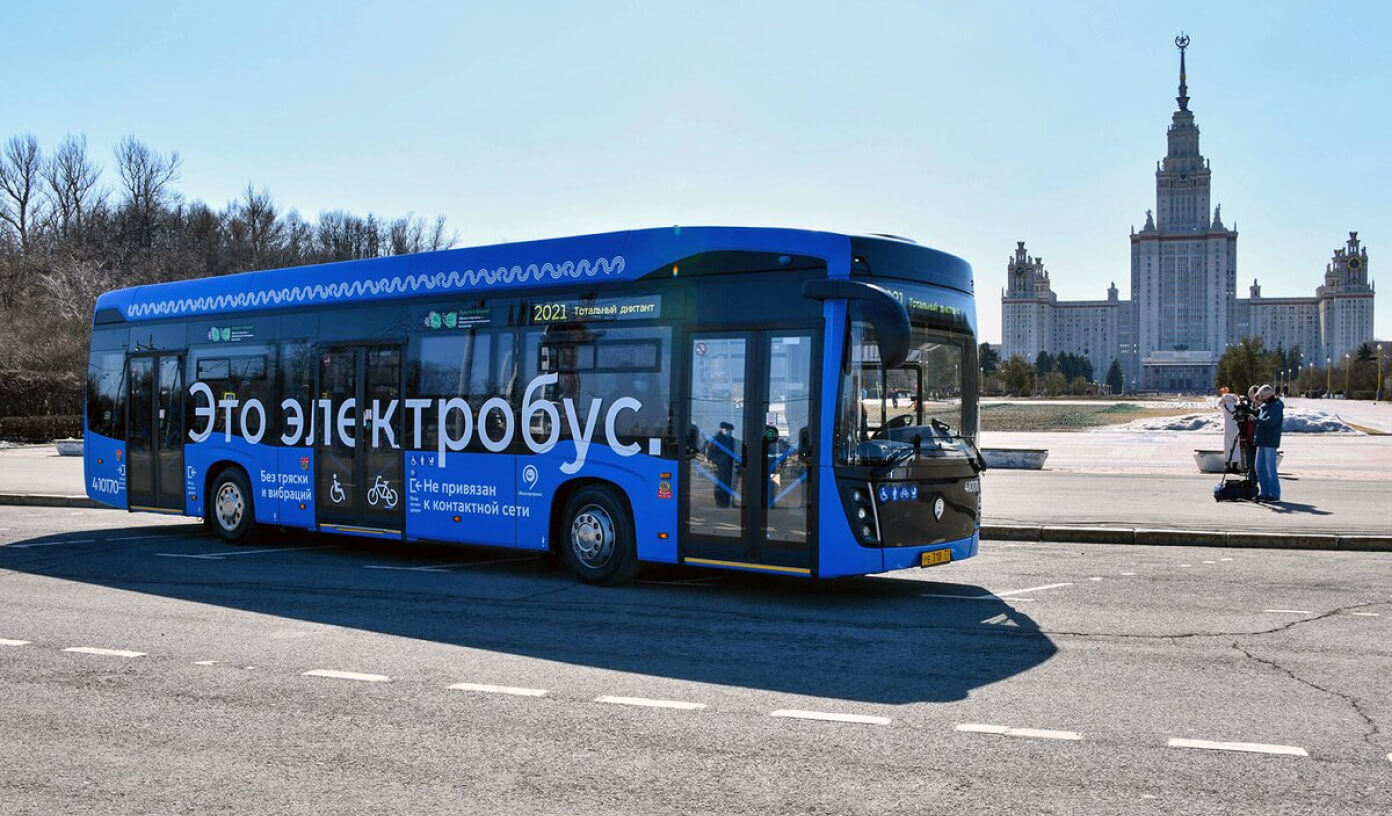According to the UN, cities consume 78% of the world’s energy and produce around 60% of the greenhouse gas emissions that accelerate climate change. Large regions with developed economies are the hardest hit on the environment. But the time has come for change: megacities have begun to transform from ‘global warming hotspots’ into ‘green cities of the future’.
Metropolises and the planet
In the 21st century, when humanity is on the brink of a climate catastrophe, concern for the environment has become the main indicator of development. Previously, investors evaluated cities by the number of enterprises, but now they pay attention to water and air quality, the area of green zones, and the level of noise pollution. The Urban Prosperity Index, created by the United Nations, is now available. It ranks regions according to such categories as Quality of Life, Environmental Sustainability, and Equality and Social Inclusion.
The main “heaters of the planet” are the “dirty” megacities of the old, industrial type. The Trondheim University of Technology in Norway has compiled an anti-rating of the cities that most accelerate global warming. Seoul, the capital of South Korea, tops the list. The second and third are Guangzhou (China) and New York (USA).
Global transformation
Moscow supports sustainable development policy and is actively involved in tackling environmental problems. Despite steady population growth, the city is becoming greener and cleaner every year. Many solutions pioneered in the Russian capital are becoming an example for global megacities.
Light Breathing
Over the past decade, air pollution in the capital has dropped tenfold, and greenhouse gas emissions have fallen by 60%. In addition, PM10 suspended solids concentrations have decreased by 24% compared to 2014 and PM2,5 by 27%.
PM10 and PM2,5 microparticles are tiny pieces of soot and car tyres mixed with toxic substances, compounds of salts and heavy metals, allergens and micro-organisms deposited on them. These enter the respiratory tract and accumulate in the body, leading to serious health problems. For example, PM2,5 is associated with 3% of cardiovascular deaths and 5% of lung cancer deaths.
According to IQAir’s 2022 report, the concentration of pollutants in Moscow’s air is lower than in Tokyo, Berlin, Warsaw, Mexico City, Beijing, New York, Dubai, Singapore and many other megacities around the world. According to this indicator, Moscow has become equal to Paris. The city has become easier to breathe thanks to numerous measures taken to improve the environmental situation — reconstruction of industrial enterprises, development of public transport, landscaping of streets, modernisation of sewage treatment plants, increase in the number of cars running on electricity and hydrogen fuel.
 Photo: Halfpoint / iStock
Photo: Halfpoint / iStock
The experience of London, which has been choking on smog for a long time, is interesting. Since 2010, the UK authorities have allocated £880 million (more than $1 billion) to tackle high levels of nitrogen dioxide and more than £42 million ($49.5 million) to other projects aimed at cleaning up the atmosphere. These include the delivery of goods to London by river and by electric transport, as well as the introduction of a ‘congestion tax’ — a charge to enter the city centre during rush hours. As a result, London has become a city of bicycles, with businessmen and diplomats pedalling at ease even in prestigious areas, and the air has improved considerably, although the quality is far from ideal.
Transport of the future
There are more vehicles in Moscow every year. For example, between 2010 and 2021, the car fleet of Moscow and Moscow region increased by 3 million cars, and in total there are more than 8.4 million cars registered in the region. At the same time, despite the growth of the car fleet, the volume of car emissions decreased by 21.8% compared to 2010. In addition, the concentration of sulphur dioxide in exhaust gases decreased by a factor of 1.3, and that of fine particulate matter by a factor of 1.8. This was not a coincidence — Moscow became the first Russian region to ban the sale of fuel with a class lower than Euro-5.
Also, to reduce the impact of transport on atmospheric pollution, the capital’s authorities are converting buses to electric propulsion — some 900 electric buses are already running on Moscow roads. And the capital is also testing Russia’s first hydrogen-powered bus. It is produced from water, which is split into hydrogen and oxygen using electricity. The advantage of this mode of transport over electric buses is the tripled mileage. Tests are expected to be completed by 2023. The plan is to install refuelling stations and mass production of water buses.
 Photo: Press Service of the Moscow Mayor and Moscow Government
Photo: Press Service of the Moscow Mayor and Moscow Government
International experience shows that there is a future for hydrogen-powered transport. In Europe, the number of hydrogen-powered cars has already reached several hundred, and as soon as the necessary infrastructure is in place, they will actively displace conventional vehicles that pollute the air with exhaust fumes. Analyst company ReThink predicts that about 17 million hydrogen-powered cars will be on EU roads by 2040.
“Green” industry
Despite the fact that the main industrial giants have left Moscow, the capital has more than 3,000 industrial enterprises that make everything from cars and robots to clothes. Every second of them implements environmental projects and actively implements “green” technologies. For example, the Moscow Oil Refinery has managed to reduce its environmental impact by 75% in 10 years.
Re-industrialisation has taken place in many cities, although not everywhere on the same scale as in Moscow. Occasionally, unusual (and often controversial) projects can be found abroad. In Norway, for example, carbon dioxide is buried at the bottom of the sea. A special unit captures the CO2 and then releases it into an underwater storage facility at a depth of 2,600 metres. The Norwegian government expects the project to help the country achieve carbon neutrality by 2030. Cement plants located in the country now emit about 8 percent of global greenhouse gases. The refinery in the metropolis of Vestland produces the most CO2.
In harmony with nature
According to Urban Group’s research, Moscow is the greenest metropolis in the world. Over the past seven years, more than 5 million trees and shrubs have been planted in the capital. Green areas cover more than half of the city territory. By comparison, the green area in London is 33%, in New York — 27%, in Berlin — 14%.
And also, the first natural mini-gardens appeared in Moscow. In them, bellflowers, tansy, cornflowers, oregano, cloves and other meadow plants grow, which are almost impossible to find in the city. The displacement of these crops is reducing biodiversity, in particular the disappearance of some of the insect species that feed on them. The use of historically native grasses in landscaping is a global trend. In the USA, for example, the Mayor’s pledge is an annual environmental event involving 300 heads of administration. Regional mayors, together with local residents, plant cottonwoods, a plant that Monarch butterfly caterpillars feed on.
Another eco-trend gaining popularity in Moscow is creation of ‘rain gardens’ in low-lying areas where storm water runs off. Such gardens are being successfully created in metropolises in Europe, the US, the UK and Canada. Rain gardens are planted with moisture-loving plants with a well-developed root system, preventing water flows and pollution from entering the rivers. Moscow State University’s Botanical Garden ‘Aptekarsky Ogorod’ has already created its first moisture-retaining biotope garden. It includes more than 40 species of perennial grasses, as well as shrubs and small trees, including dwarf birch and purple willow. Director of Aptekarsky Ogorod, Alexey Reteyum, noted that in the future this eco-project could also be used in other gardens, parks and on the roofs of city buildings.
Author: Vera Zhikhareva
Cover photo: Coleen Rivas / Unsplash








Comments